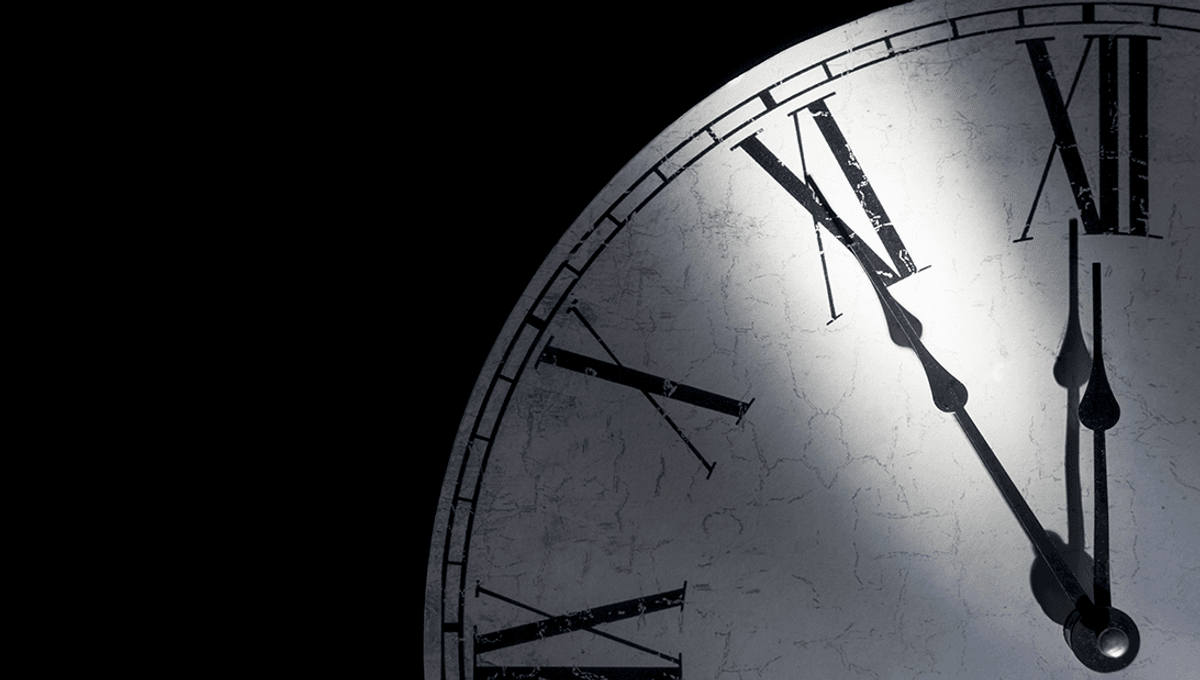
Have you ever looked at a clock suddenly and noticed that the second hand stood still for longer than you think it should have? Maybe a touch longer than a second?
You have probably already experienced the “stopped clock illusion“, but if not, it’s as simple as not looking at a clock or stopwatch, and then quickly moving your eyes to look at a clock or stopwatch. Have we all tried that now? Good, now what is going on?
Well, the effect has been the subject of research published in Nature in 2001. In the study, participants were asked to move their eyes towards a counter, with this eye movement beginning the timer. The first number to flash up on the counter displayed for between 400 and 1,600 ms, with the participants asked to say whether they had viewed the first digit for more or less time than subsequent digits (all displayed for one second each). The initial eye movement (referred to as a “saccade”) made by the participants was either 22 or 55 degrees.
“Interestingly, there was an almost exact agreement between the extra time taken for the eyes to move over the longer distance (139-72 = 67 ms) and the difference in the time intervals that subjects matched to 1 [second] (880-811 = 69 ms), suggesting that the illusion of chronostasis is linked to the time taken to move the eyes,” the team wrote in their paper.
“In fact, subjects appeared to extend the time that they thought they had seen the first target back in time to approximately 50 ms prior to the start of eye movement.”
So others experience it, and it is related to the time it takes to move your eyes. What’s happening? The illusion is the result of your brain trying to fill in the gaps left as you move your eyes, and the blur that involves.
“When the saccade shifts the eyes from one stationary viewpoint to another, vision is degraded and it is not possible to say with certainty whether there are any changes in the position of objects during movement,” the team explains. “However, if the saccadic target is fixated accurately at the end of the saccade, subjects can assume that it occupied approximately the same place throughout the eye movement.”
You feel like the first second you look at on the clock is longer as your brain fills in the “gaps” caused when your eye was moving and your vision was blurred with the information it saw at the end, making it feel longer.
“Since there is no other competing percept (because vision is blurred during the saccade), the assumption of a constant target position is linked to an extended temporal perception of the object as seen at the end of the saccade.”
One claim often repeated on the Internet is that you are technically “blind” for 40 minutes per day, as that is how long you spend making eye movements, where saccadic masking fills in gaps in your vision. While it’s not clear where this specific claim came from, people are estimated to make 20,000 saccadic movements per day, which is a fair amount of time per day spent not really seeing the world directly.
Source Link: When You Look At A Clock, Why Does That First Second Seem Longer Than Usual?